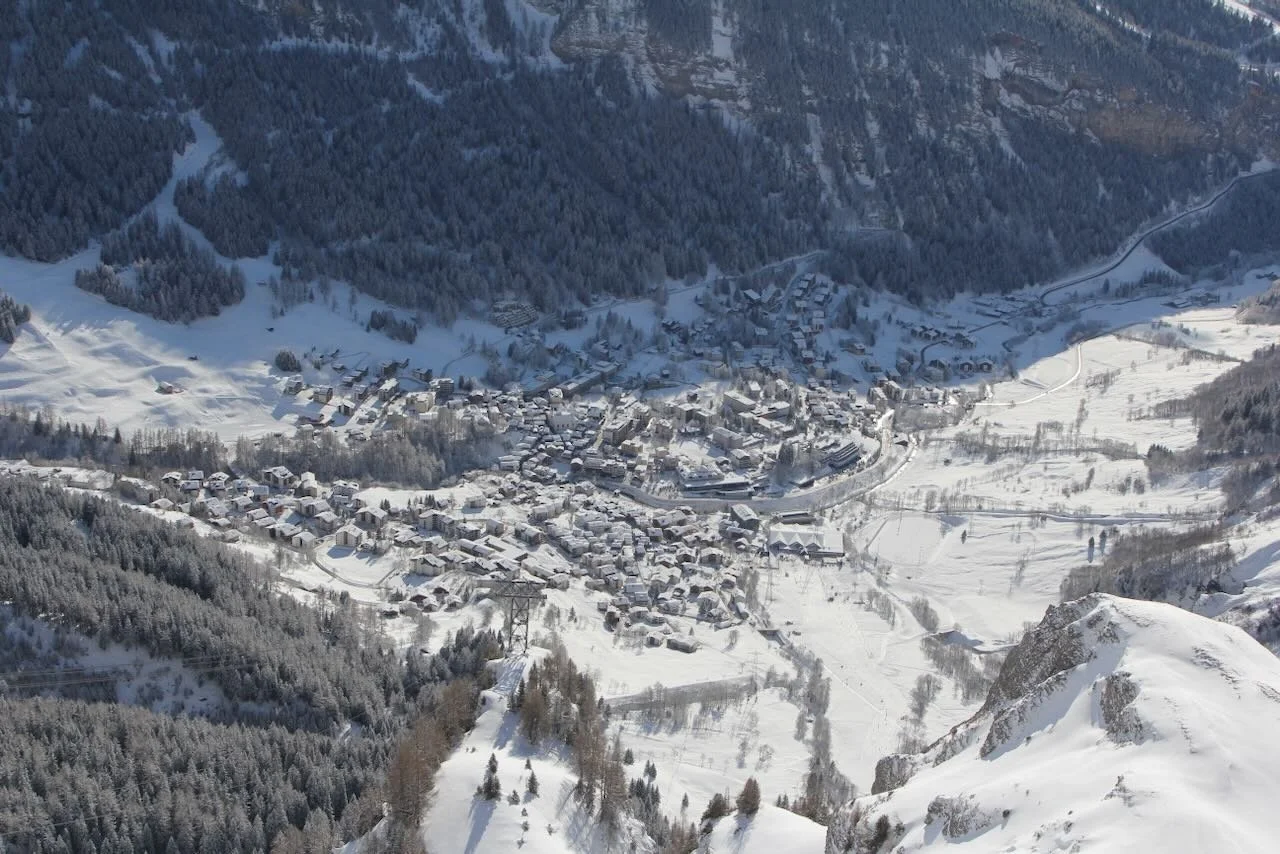20th Century Rome
Rome in the middle of August is usually empty of Romans but teeming with tourists. However, in this very weird summer of 2020 it looked like a ghost town, inhabited by just a few Italians armed with maps and guides, discovering their capital city in peace without being jostled by tourists and their awful 'selfie-sticks'.
Like them, I wanted to enjoy the relative solitude so I jumped on a last minute offer to swap our flat in the Alps with a flat in Trastevere. Having been to Rome many times, I decided this time to focus on the 20th Century and to visit the neighbourhoods and confidential museums recommended by a work colleague and Ivano, one of the three guides of “Visite Rome”. Ivano very kindly let me in on some of his secrets (“we're not very busy at the moment” he confided sadly), including the MAXXI “but if you don't have time to go in, just look at the building.”
Why MAXXI? MA is for Museo Arte and XXI is the Roman numeral for 21. So, the Art Museum of the 21st Century. It’s in the Flaminio district, very close to the Olympic village north of the city centre. The extraordinary white building, designed by the late Iraqi-British architect Zaha Hadid, all straight lines and sudden curves superimposed by an improbably balanced cube, contrasts with the ochre-coloured residential buildings that surround it. But we are still in the early stages of the 21st Century and there are clearly not enough works of art yet to furnish the large spaces enclosed by the building. There’s very little in there!
White is also the dominant colour of the EUR zone (Esposizione Universale di Roma) where I suddenly had the impression I’d been transported into in a painting by Giorgio de Chirico (1888-1978), "The Enigma of a Day" for example. This is the exact opposite of the Baroque architecture of the grand Roman palaces: absolutely pure lines, dazzling white, light playing with shade.
The EUR buildings were designed to showcase Italian architecture from the beginning of the 20th Century and, in parallel, celebrate Benito Mussolini's 20 years in power. Work began in the second half of the 1930s with a view to hosting the Universal Exhibition 1942, canceled because of the war. Work was completed 20 years later and in 1960 housed some of the sports facilities for the Olympic Games. The glazed roundness of the PalaLottomatica stadium contrasts with the straight, mineral lines of the other buildings. Rome’s brand new congress centre, La Nuvola (the cloud) is also in this area. Its rod-straight glass lines outside counterbalance the strange fluffy cloud inside.
Continuing the trip back in time, I visited the old industrial district of Ostiense to see the Garbatella development and the remarkable Centrale Montemartini, both accessible by metro B (Piramide stop). The Garbatella development doesn’t feature in most guides and yet it’s a fascinating place. Inspired by English working-class garden cities, Paolo Orlando designed this urban project in 1920 to house working-class families employed by neighbouring industries. The neo-baroque architecture is typical of the 1920s and 1930s, the earthy red facades brightened by garlands of drying laundry. The buildings, all different and all quite shabby, surround manicured gardens where cats seemed to be the only living things on this scorching afternoon apart from the occasional wrinkled arm that reached tiredly out of a window to hang some more laundry out to dry.
From there it’s easy to walk to the Centrale Montemartini, a former thermal power station built at the beginning of the 20th Century, transformed into an archaeological museum in 1997. Much of the machinery has been saved and painted black providing a wonderful contrasting backdrop for the ancient statues of white marble that populate this building today.
After sobriety, exuberance: Villa Torlonia and the Coppedè district to the east of Villa Borghese. Villa Torlonia is a park (parched yellow in August) which houses the small, stained glass museum, Casina delle Civette. Built in 1840, then rebuilt in 1908-1916 by Enrico Gennari, its Art Nouveau style is funny and exuberant, borrowing architectural forms from all over the world. It's not very harmonious, nor very beautiful, but fascinating and fun. And the stained glass windows are pretty. A few streets away, you reach the Coppedè Quarter, ultra quiet on a Sunday in August but, I was told, calm most days. Named for its architect Gino Coppedè, it is a set of 26 buildings and 18 villas built between 1913 and 1927, many of which are now occupied by embassies,. You enter through an arch under which hangs a monumental, wrought iron lamp. Here the buildings are all curved lines, extravagant shapes, ornamental fantasies and varied colours. On the main square, Piazza Mincio, stands the Fountain of the Frogs (there are 12 of them!), famous since the Beatles jumped in after a concert. If it hadn’t been for the fact it was surrounded by a fence for repairs, I would have done the same!



























